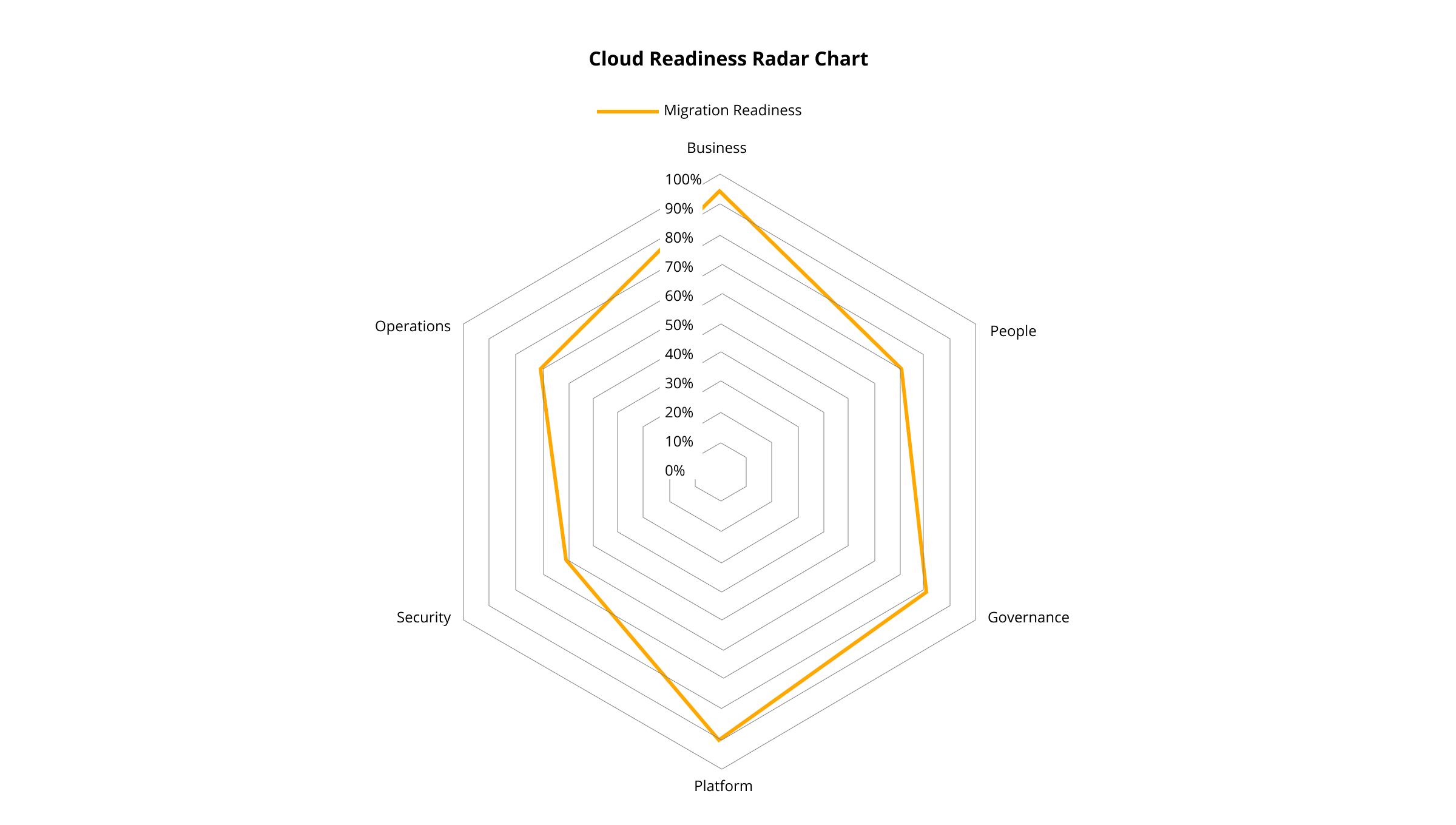
Is Your Enterprise Ready To Migrate To The Cloud?
For many years, on-premises data centers have been the backbone of enterprise IT. But the landscape is changing. More and more organizations are shifting to the public cloud to gain flexibility, scalability, and speed. Cloud-first strategies are becoming the new standard, as companies move workloads and applications to more dynamic and efficient environments.
Why Moving to the Cloud Makes Sense
Migrating to the public cloud opens up significant opportunities. It allows organizations to scale their infrastructure rapidly and respond to new demands almost instantly. Improved maintainability and elasticity help reduce time-to-market for products, while enhanced resilience minimizes downtime and disaster-related risks.
Among cloud platforms, AWS Cloud stands out with its global reach, more than 200 available services, advanced business support, and flexible pricing models. For many enterprises, it’s the preferred choice when building scalable and secure cloud environments.
Why You Need a Migration Readiness Assessment
A successful migration begins with understanding where your organization stands today. Jumping straight into the migration process without evaluating readiness can lead to delays, cost overruns, or even data loss.
A Migration Readiness Assessment (MRA) helps you identify strengths, weaknesses, and potential risks before any migration starts. It enables your team to make informed decisions, define the right strategy, and avoid costly surprises.
Conducting an MRA helps to:
- Clearly define the migration’s scope, business objectives, and IT goals.
- Review your current infrastructure and identify gaps that must be addressed.
- Highlight potential risks and constraints early in the process.
- Define the most effective migration strategy for each workload or environment.
- Establish a clear roadmap for all migration phases.
- Provide an initial view of expected timelines and budget requirements.
SoftServe’s experts have deep experience leading public cloud migrations of all sizes. We design, optimize, and maintain cloud infrastructures, guiding organizations as they adopt a public cloud operational model. Our approach is rooted in best practices and proven reference architectures, ensuring stability and security every step of the way.
How SoftServe’s Migration Readiness Assessment Works
To carry out the MRA, we use AWS Migration Evaluator (formerly TSO Logic) along with our proprietary Cloud Readiness Evaluation Tool (CRET). Together, these tools help us analyze your infrastructure, model potential migration scenarios, and create a practical roadmap tailored to your needs.
The process includes three core components:
1. Workload Evaluation
We assess your workloads’ readiness for cloud migration using the six AWS Cloud Adoption Framework (CAF) perspectives — business, people, governance, platform, security, and operations. This ensures a holistic view of your current environment.
2. Strategy Identification
Using CRET, our experts analyze your infrastructure to identify the most suitable migration strategies. We detect existing gaps and risks, then outline mitigation steps to address them before migration begins.
3. Report Preparation
How Long the Assessment Takes
SoftServe’s MRA is conducted as a two-day collaborative workshop. During these sessions, your cross-functional leaders — including technical, legal, and executive stakeholders — work alongside our experts to gather insights and evaluate readiness from every angle.
What You Get: The Migration Readiness Report
The final report goes beyond general recommendations. It identifies your key migration drivers and delivers an end-to-end roadmap to guide you through the next stages. It also includes:
- A readiness gap and risk analysis
- A heat map and scoring chart to visualize current maturity levels
- Mitigation proposals for addressing gaps before or during migration
Additionally, you receive a Cloud Readiness Radar Chart, which visually presents your organization’s strengths and weaknesses based on MRA results, helping you clearly see where you stand before moving forward.

Conclusion
As cloud adoption accelerates across industries, the question is no longer if but how to migrate. Every organization’s journey is unique, and success depends on preparation and clear direction.
SoftServe’s Migration Readiness Assessment provides that clarity. It helps you plan your migration with confidence, saving time and costs while minimizing risks to operations.
Let’s talk about your cloud journey and explore how SoftServe’s MRA and AWS Cloud can make your organization ready for what’s next.
Start a conversation with us
